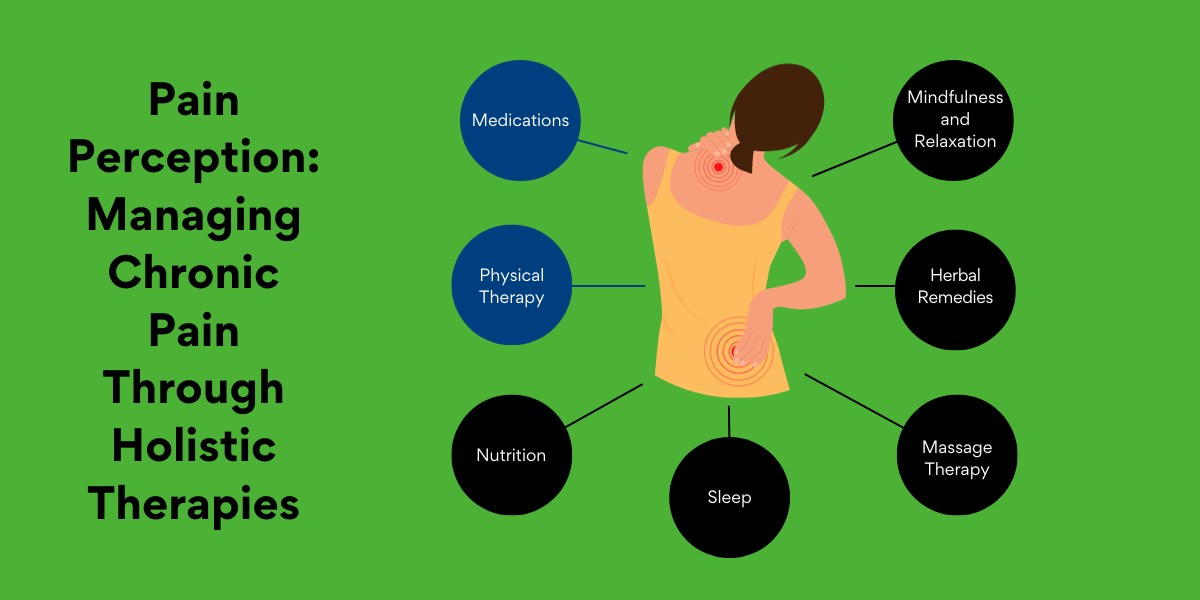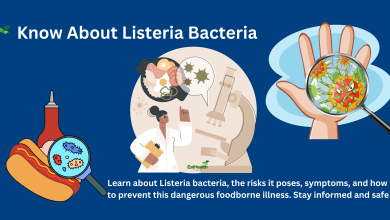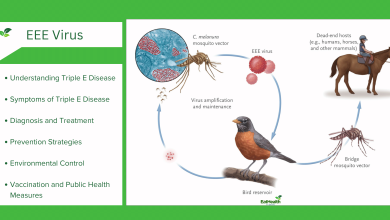Pain Perception: Managing Chronic Pain Through Holistic Therapies
Understanding Pain Perception: Managing Chronic Pain Through Therapies

Pain is a universal human experience, serving as a vital warning signal of potential harm. However, for millions worldwide, pain transcends its protective purpose, becoming a chronic and debilitating condition. In this blog post, we will unravel the intricate physiological processes behind pain perception. Understanding these mechanisms is crucial for developing effective interventions, empowering individuals to manage chronic pain and regain their quality of life.
The Physiology of Pain Perception
Pain perception is a complex interplay of sensory and emotional responses within the nervous system. When tissues are injured or damaged, specialized receptors called nociceptors send signals to the brain, alerting it to potential danger. The brain then processes these signals, giving rise to the sensation of pain. In chronic pain conditions, these processes can become dysfunctional, leading to persistent discomfort and reduced functionality.
Managing Chronic Pain: Therapies and Interventions
-
Medical Interventions:
- Medications: Analgesics, anti-inflammatory drugs, and nerve modulators can help manage pain by altering pain signals or reducing inflammation.
- Physical Therapy: Targeted exercises and therapies improve mobility, reduce pain, and enhance overall function.
- Interventional Procedures: Injections, nerve blocks, and implants can provide relief by disrupting pain signals or reducing inflammation.
-
Psychological Therapies:
- Cognitive-Behavioral Therapy (CBT): Helps individuals identify and modify negative thought patterns, reducing the emotional impact of pain.
- Mindfulness and Relaxation: Practices like meditation and deep breathing alleviate stress, reducing the perception of pain.
-
Lifestyle Modifications:
- Exercise: Regular physical activity releases endorphins, natural painkillers, and improves overall well-being.
- Nutrition: A balanced diet reduces inflammation, supporting the body’s natural healing processes.
- Sleep: Quality sleep promotes healing and reduces pain sensitivity.
-
Alternative Therapies:
- Acupuncture: Stimulates specific points to balance energy flow, relieving pain.
- Massage Therapy: Manipulates muscles and soft tissues, reducing tension and discomfort.
- Herbal Remedies: Some herbs possess natural analgesic properties, aiding in pain management.
Conclusion
Pain perception is a multifaceted process, and chronic pain requires a comprehensive approach. By addressing both the physiological and psychological aspects of pain, individuals can find relief and regain control over their lives. It’s essential to consult healthcare professionals to develop a personalized pain management plan tailored to individual needs. With the right therapies and interventions, chronic pain can be managed, allowing individuals to lead fulfilling, active lives once again. Understanding the physiology of pain perception is the first step towards a pain-free future.




